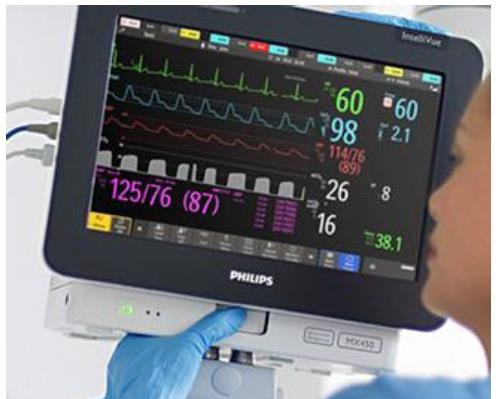
Researchers have created a pioneering wearable device that can continuously monitor the lungs and heart of hospital patients while they remain at rest in bed, offering a significant advancement over traditional CT scans.
The device, shaped like a belt and worn around the chest, employs ultrasound technology similar to that of a CT scanner. Instead of capturing static images, it can generate a series of high-resolution, real-time images of the heart, lungs, and internal organs, providing healthcare professionals with a more detailed understanding of a patient’s condition over extended periods.
Developed by the University of Bath in partnership with Polish firm Netrix, this innovative device is described in a recent publication in IEEE Transactions on Instrumentation and Measurement. Its soft, skin-friendly sensor array adheres directly to the chest and uses ultrasound computed tomography (USCT) to continuously image the heart and lungs, tracking changes in function and structure over hours or even days.
Currently, patients with conditions like heart failure, pneumonia, or respiratory distress often need multiple imaging sessions that are disruptive and involve radiation exposure. This new wearable offers a non-invasive, bedside alternative that reduces the need for patient transport, enhances comfort, and facilitates early detection of health deteriorations or improvements.
Designed with comfort in mind, the device’s flexible, soft materials make it suitable for prolonged use. Its wireless data transfer allows seamless integration with hospital monitoring systems. Future versions may incorporate AI to assist clinicians in identifying warning signs early.
Beyond clinical settings, this technology has potential for remote patient monitoring at home, especially for elderly individuals or those with chronic lung and heart conditions. It could also lessen the healthcare system’s burden by enabling early intervention and reducing unnecessary hospital visits.
